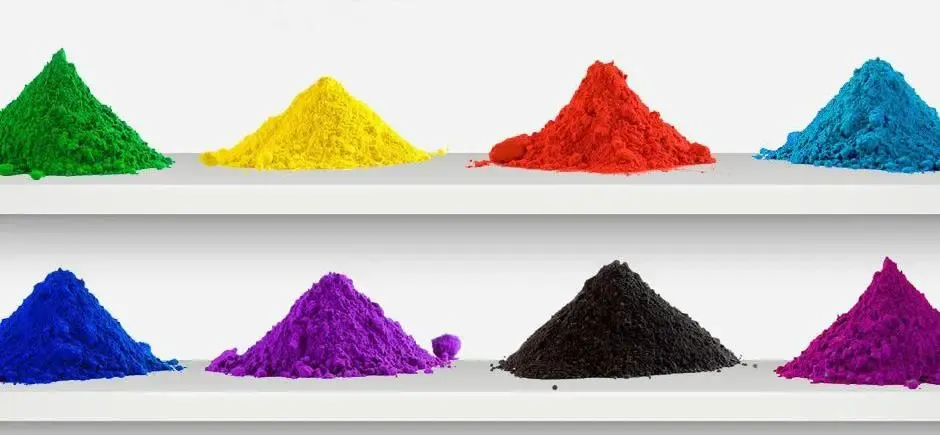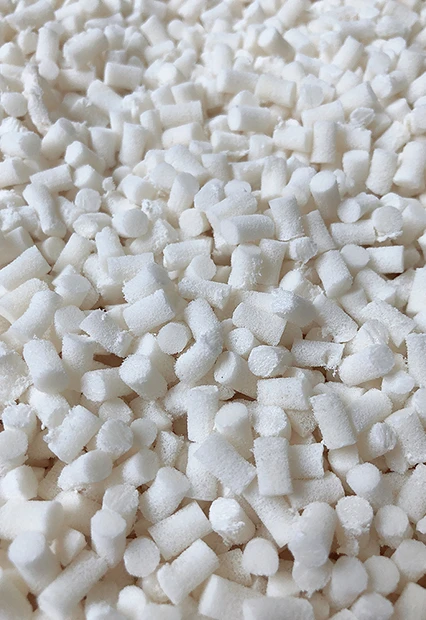Feb . 13, 2025 17:45
Back to list
5-25 Micron Synthetic Mica Powder
Synthetic mica and natural mica are integral components in various industries, proving their worth in applications ranging from cosmetics to electronics. However, understanding the distinctions between the two can aid manufacturers and consumers in making informed choices tailored to their specific needs.
From an expertise standpoint, the performance attributes of synthetic mica often surpass those of its natural counterpart in certain applications. For instance, synthetic mica’s thermal resistance is superior, making it suitable for high-temperature applications where natural mica might falter. Its resilience further extends to chemical stability, offering a robust solution in environments where chemical exposure is commonplace. Moreover, the development of synthetic mica aligns with increasing consumer demand for sustainable and ethical products. Companies emphasizing environmental responsibility find an ally in synthetic mica, which is crafted under controlled conditions that safeguard environmental protocols and reduce ecological impact. Trustworthiness in product sourcing and development is another critical consideration. By choosing synthetic mica, businesses can ensure compliance with stringent regulations, as its production is typically subject to rigorous standards ensuring quality and safety. Consumers benefit from the transparency this material offers, fostering trust between brands and their customer base. In conclusion, both synthetic and natural mica serve vital roles across multiple industries; however, choosing between them requires careful consideration of factors such as ethical sourcing, application-specific performance, and ecological impact. Synthetic mica provides enhanced purity, traceability, and ethical assurance, making it a compelling choice in sectors prioritizing quality and sustainability. Conversely, natural mica remains a valuable resource, especially in applications where its natural properties are unmatched. Therefore, the decision lies in analyzing specific needs and aligning them with the responsible and strategic use of these remarkable materials.


From an expertise standpoint, the performance attributes of synthetic mica often surpass those of its natural counterpart in certain applications. For instance, synthetic mica’s thermal resistance is superior, making it suitable for high-temperature applications where natural mica might falter. Its resilience further extends to chemical stability, offering a robust solution in environments where chemical exposure is commonplace. Moreover, the development of synthetic mica aligns with increasing consumer demand for sustainable and ethical products. Companies emphasizing environmental responsibility find an ally in synthetic mica, which is crafted under controlled conditions that safeguard environmental protocols and reduce ecological impact. Trustworthiness in product sourcing and development is another critical consideration. By choosing synthetic mica, businesses can ensure compliance with stringent regulations, as its production is typically subject to rigorous standards ensuring quality and safety. Consumers benefit from the transparency this material offers, fostering trust between brands and their customer base. In conclusion, both synthetic and natural mica serve vital roles across multiple industries; however, choosing between them requires careful consideration of factors such as ethical sourcing, application-specific performance, and ecological impact. Synthetic mica provides enhanced purity, traceability, and ethical assurance, making it a compelling choice in sectors prioritizing quality and sustainability. Conversely, natural mica remains a valuable resource, especially in applications where its natural properties are unmatched. Therefore, the decision lies in analyzing specific needs and aligning them with the responsible and strategic use of these remarkable materials.
Prev:
Next:
Latest news
-
Transforming Surfaces with Mica-Enhanced Paints in Coatings and DecorationNewsJul.02,2025
-
The Ultimate Guide to Mica-Based Luminous Colors with Pearlescent PigmentNewsJul.02,2025
-
The Critical Role of Mica in Industrial Applications in Welding and Oil FieldsNewsJul.02,2025
-
Revolutionizing Automotive Aesthetics with Modified Plastics Pearlescent PigmentsNewsJul.02,2025
-
The Secret with Mica Powder for Cosmetics Behind Radiant, Natural MakeupNewsJul.02,2025
-
Enhancing Performance in Polymer Applications with Mica Powder for RubberNewsJul.02,2025
Products categories









